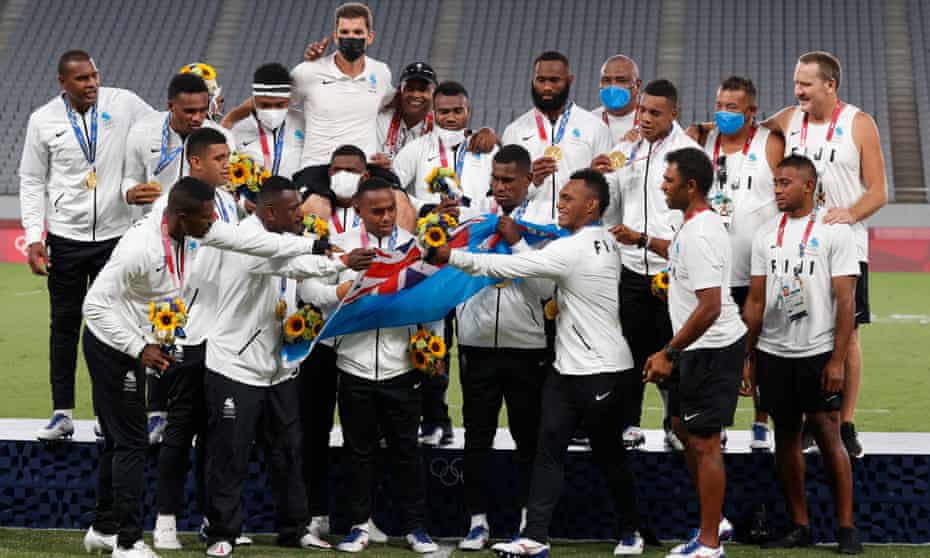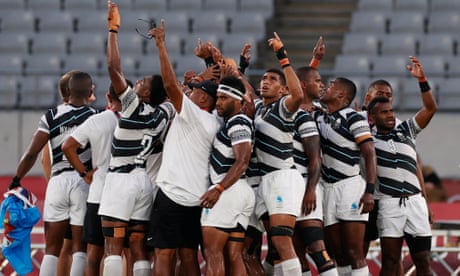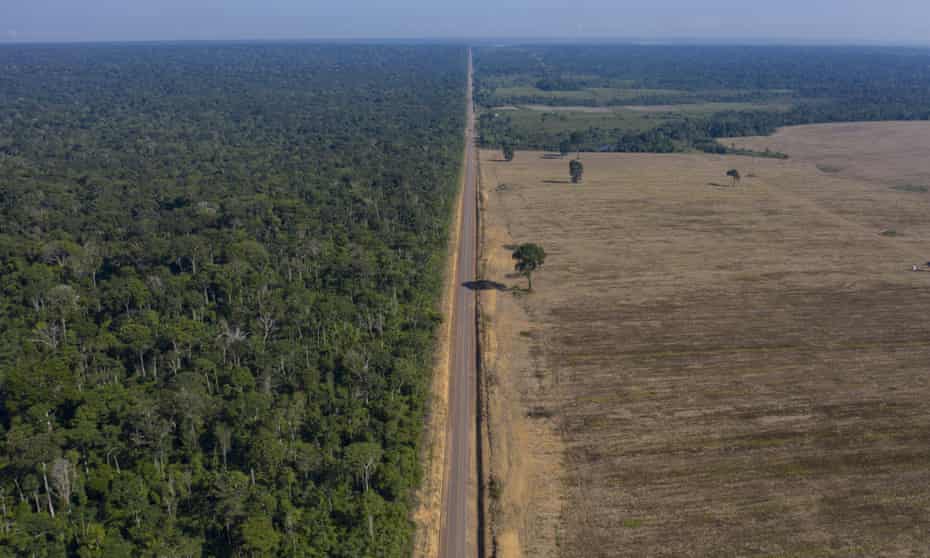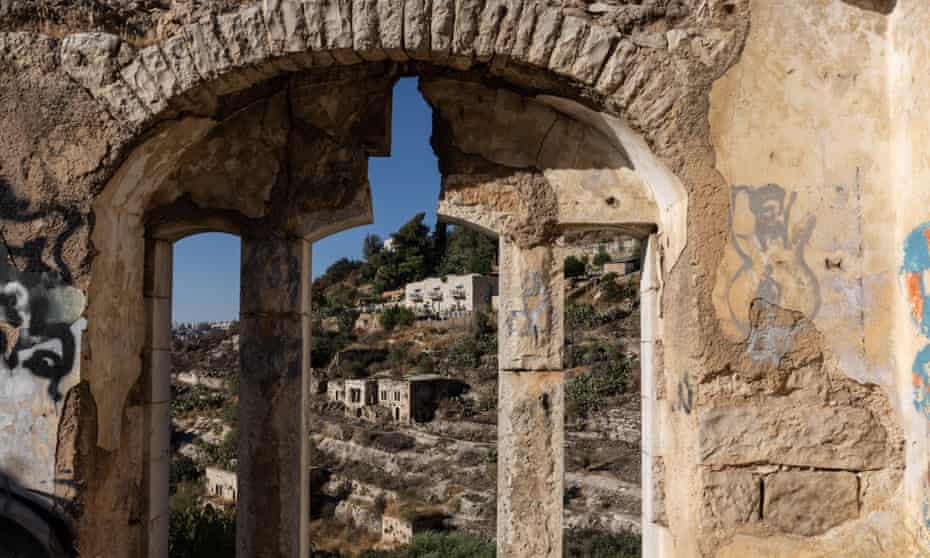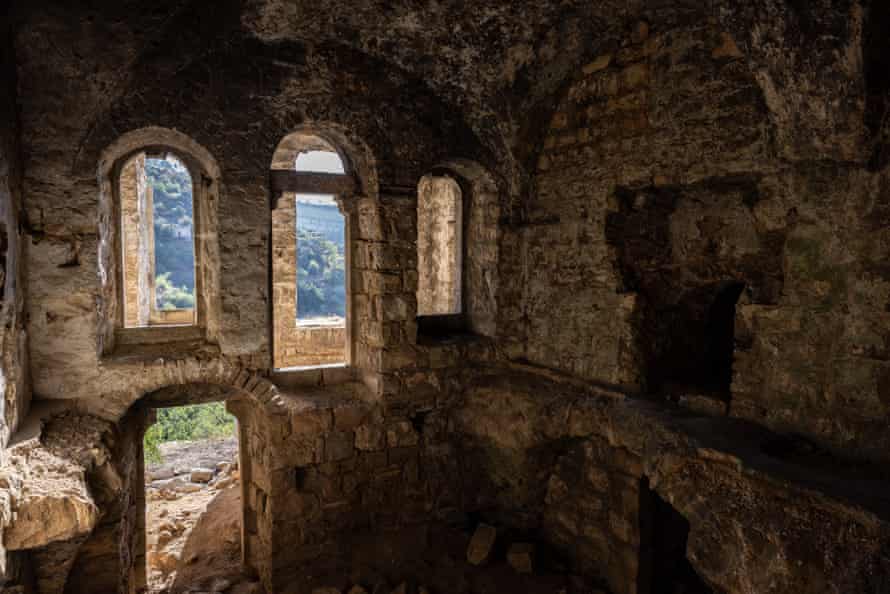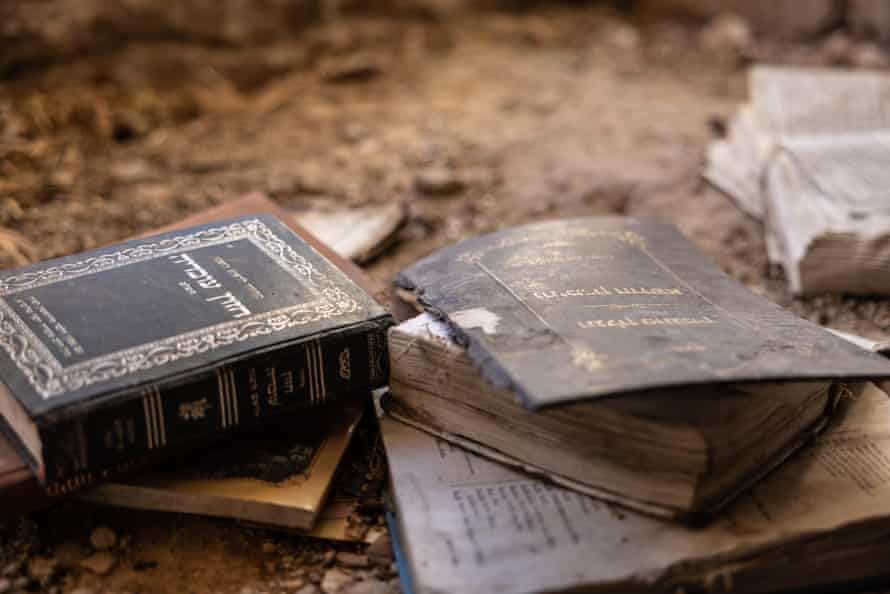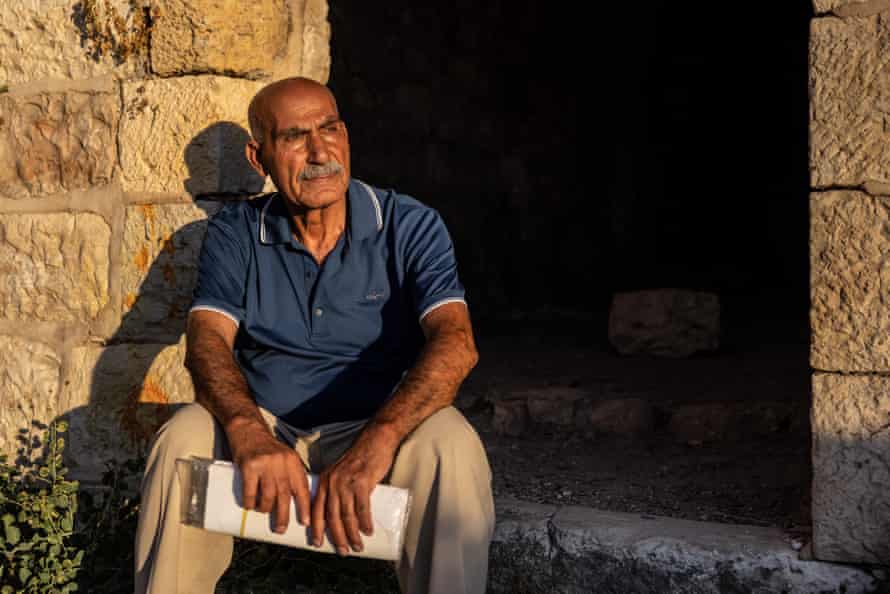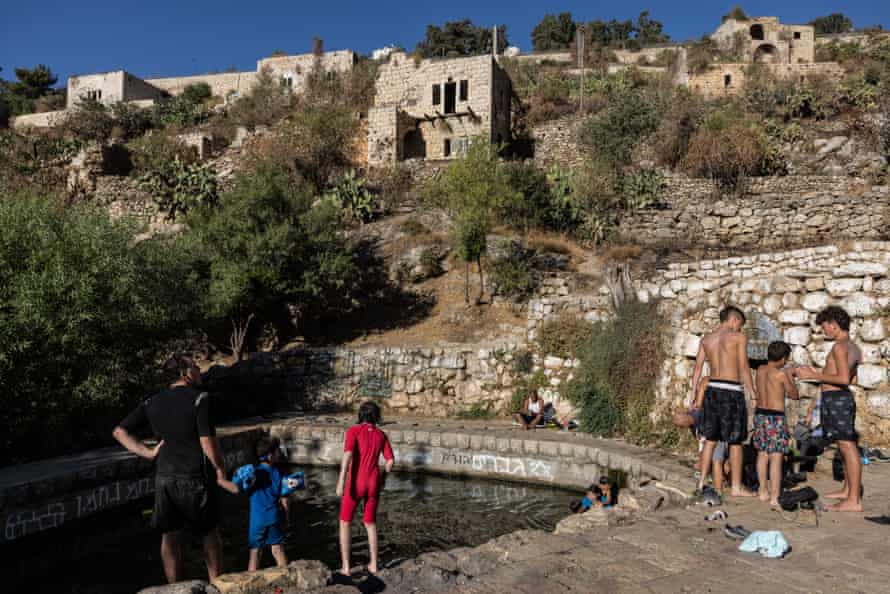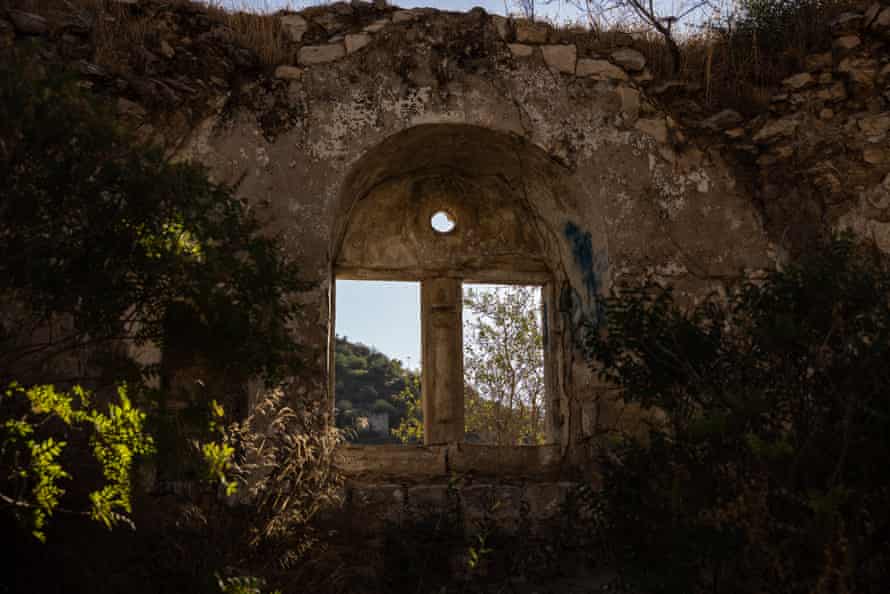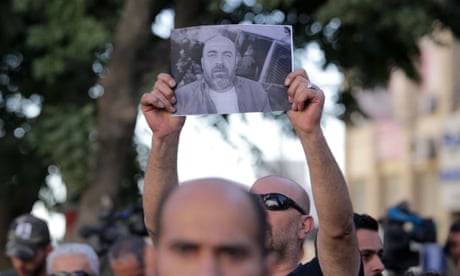Maude Charron shares weightlifting gold with Canadian denied triumph in 2012
Zack Smart 5 hrs ago

Canada's newly crowned Olympic champion Maude Charron got mentally prepared to compete on the biggest stage by telling herself it was just another day at the office.
"I told myself all week that it's just a regular competition, do what you know best," Charron said told CBC Sports the day after she powered her way to Canada's first Olympic gold medal in weightlifting since Christine Girard did it in London in 2012.
One day later, the magnitude of the accomplishment is starting to sink in for the Rimouski, Que., native.
"All the media, the calling, knowing my hometown is going crazy, I'm coming to realize what's happened," Charron said.
Charron's moment atop the podium was one of triumph for the 28-year-old, in marked contrast to the experience Girard had nine years earlier. Girard, from Rouyn-Noranda, Que., was originally awarded the bronze, but it was later discovered that Maiya Maneza of Kazakhstan and Russia's Svetlana Tsarukaeva, who finished first and second, respectively, both tested positive for banned substances.
Girard was eventually elevated to the gold, but not until six years later in 2018. There was no anthem or flag-raising for her.
"Her story is devastating," Charron said. "There's a lot of funding coming with the Olympic gold medal, sponsorships, attention to that sport, young kids watching and finding interest in trying that sport. She was kind of robbed of this, and Canada too, so I think we were due to have this."
Following in Girard's footsteps, Charron captured gold on the Olympic stage and brought a sense of justice to the national team in a moment that was significant on multiple levels.
"Christine Girard for me is an idol. She was the one giving me my first gold medal at the national championship, and I'm always impressed by her," said Charron, just the fourth Canadian to win a weightlifting medal. "There's a little bit of her in that gold medal, for sure."
Charron won her 64 kg weight class by finishing with a 236 kg total, lifting 105 kg in the snatch and 131 kg in the clean and jerk. She let out a cry of joy as she received the judge's signal.

Inspiring a new generation of female athletes
The women's weightlifting competition only made its Olympic debut at the Sydney Games in 2000, but Charron, who won a gold medal at the Pan American championships in April, has the potential to inspire a new generation of female weightlifters with her list of accolades.
"I hope I will encourage young girls to believe in themselves and believe in their bodies, the woman body, the woman image, muscles and being bulky," Charron said.
"I was ashamed of my body when I was a teenager, but as of today I'm just so glad about what my body can do. I hope that it will motivate girls to try to lift weights and train and be grateful about their body that was given to them."
As Canada's latest female Olympic medallist in Tokyo, Charron is part of a group who are showing young girls across the country that dreams can become reality.
Dealing with weightlifting's uncertain Olympic future
With the 2024 Paris Games approaching, Charron has the potential to become the first Canadian weightlifter to win back-to-back Olympic medals since Girard, who won bronze in her Olympic debut in Beijing.
But the International Olympic Committee (IOC) said there is a risk that weightlifting could be dropped from the Olympic program for Paris, citing a failure by the International Weightlifting Federation to improve anti-doping efforts.
"There are so many things we can't control in that case. We don't know yet if weightlifting will be on the Paris program because of the doping scandals, so I don't know what will happen in Paris," Charron said. "For now, I'm just going day by day. We'll see what the IOC decides about the weightlifting future."

Training during a global pandemic
Charron's path to gold was filled with obstacles that made the winning moment even more gratifying, as she overcame training challenges and found a way to get ready for a postponed Olympics during a pandemic.
But Charron was thankful to be home with the people she loved. She made a makeshift training facility in her dad's garage to get around gyms being closed in Quebec because of COVID restrictions, a place where she could prepare and stay motivated.
"I was glad to be at home with my family, my dog, my friends. I couldn't really see them, but my dad made some space in his garage so I took my equipment and put it in his garage. We had to insulate it for the winter because it was very cold," Charron said with a laugh.
"I found ways and it paid off."
Unique path to Olympics
Charron started the sport of weightlifting in 2015 at the relatively late age of 22, and she's had a unique journey to the Olympic throne. She was a gymnast as a kid, attended the Quebec Circus School as a teenager, and has also competed in CrossFit.
After realizing she wouldn't reach her Olympic dream as a gymnast, she had to find another route to reach her destination. And for Charron, the ultimate goal was just to get there.
"As a young girl in gymnastics everyone dreamed about going to the Olympics, so I dreamed about going to the Olympics. I realized that I didn't have the level to go there in Gymnastics, but I just found another way to get here," Charron said.
"I never really dreamed about winning a medal here; I just wanted to get here."
Tokyo 2020 is the first time Canada has had four female weightlifters competing. Fellow Olympic newcomers Rachel Leblanc-Bazinet, Kristel Ngarlem and Tali Darsigny are also part of the national team competing in Tokyo.
Leblanc-Bazinet finished 12th in the 55 kg event, while Darsigny placed ninth in the 59 kg event. Ngarlem is set to compete on Aug. 1 in her 76 kg weight class, and Canada's lone male weightlifter at the Games, Boady Santavy, competes on July 31 in the 96 kg event.
Girard's first Olympic medal in 2008 was Canada's first weightlifting medal at the Games in 24 years, following Jacques Demers' silver at the 1984 Olympics in Los Angeles. The only other Canadian weightlifter to reach the Olympic podium is Gerry Gratton, who won silver in 1952.

